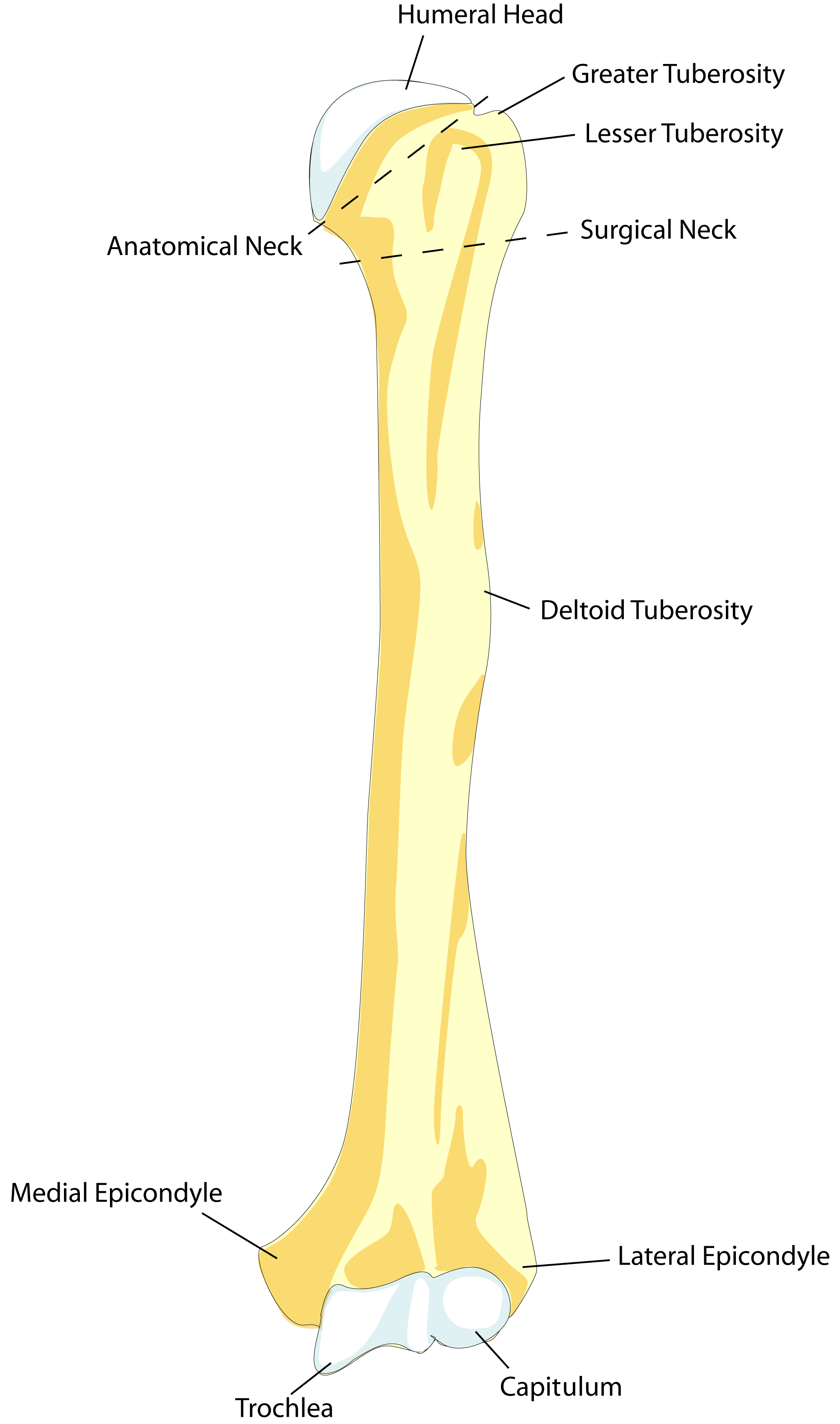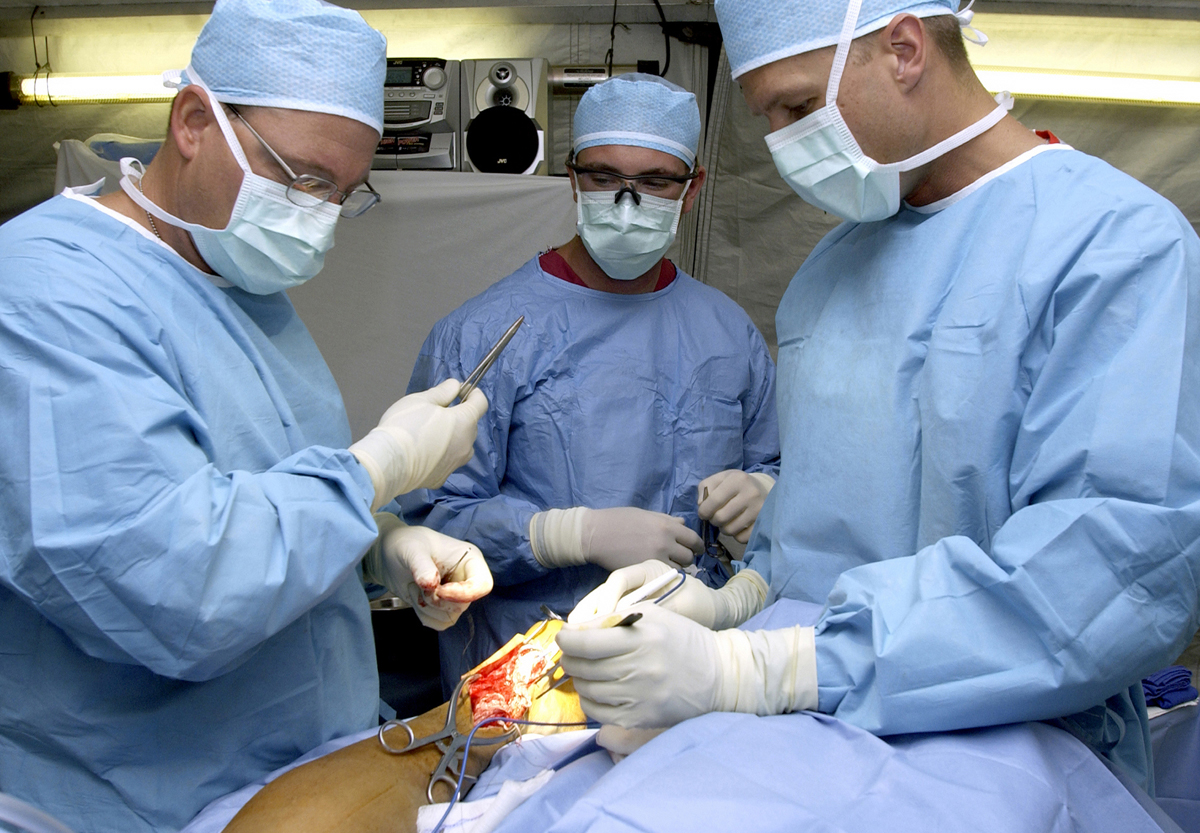Individuals pursuing surgery as a career have to have what it takes to handle the job. With a lot of responsibility involved, including having another person’s life in your hands, surgeons have a tremendous amount of pressure to perform well at their jobs. Mastering the craft as much as possible can happen as long as people are willing to put in the work starting from when they’re in school and all the way through to the end of their career.
Learning How to Handle Surgical Equipment
Surgery cannot happen without the proper equipment. It isn’t possible to cut into flesh and fix broken bones without certain utensils and instruments necessary for those types of jobs. Everything from a scalpel to a surgical light needs to be well understood. Watch how others use these items whenever possible, either through video or observation. Another useful tip is to check out resources such as the Surgical Lights Buyers Guide to get acquainted with product details and better understand how to operate the equipment so it works the most efficiently.
Choosing a Specialty
Though general surgery is an option, most people opt for a more specialized field. Plastic surgery, for example, is one of the most sought-after choices in the surgical world. After graduating from college, individuals then must go on to learn at a medical school. A doctor of medicine degree is received after completing four years. During the next three years, hopeful surgeons must complete their residency training. Doctors complete general training first before getting to choose a specialty and focus on only that area. A special certification will need to be obtained to practice surgery in one particular field, such as earning certification through the American Board of Plastic Surgery.
Study, Study, Study
If students think they can go to medical school and never have to study simply because they didn’t study much at their former college, they will be incredibly mistaken. Getting through medical school and preparing to become a surgeon takes a tremendous amount of work. Individuals need to study, study, and study some more if they are going to want to remember all of the information that gets packed into just four years of classes. Medical terminology, proper procedures, hospital rules and regulations, and laws all need to be learned and memorized before school is finished. Having a study system in place will be key to being successful.
Study Some More
Studying for school isn’t the only thing to worry about. Once school is completed, students still need to become certified if they want to practice medicine. The ACLS and PALS tests are two options. If the job specialty you want requires these certifications, then it will take even more studying to prepare for either of them. Finding some good study methods that help retain as much information as possible is important for getting through these exams.
Don’t Forget to Keep Learning
Too many people believe that because they attended medical school and completed all of the required work and hours to become a surgeon, the learning is complete. They have now learned everything they need and can continue to do their job the same way forever. This is not true when it comes to surgery, not to mention medicine in general. Everything is always changing and adapting. New medicines are discovered. New machines are made for efficiency. Doctors must constantly continue learning and adapting to the world of medicine so they can offer the best care.
Becoming a surgeon takes a considerable amount of effort, patience, and desire. People will quickly find out once they start practicing medicine whether they’re truly cut out for the field. With the gruesome tasks, life or death situations, and vast amount of responsibility, only those who can truly master the craft should perform surgery.


